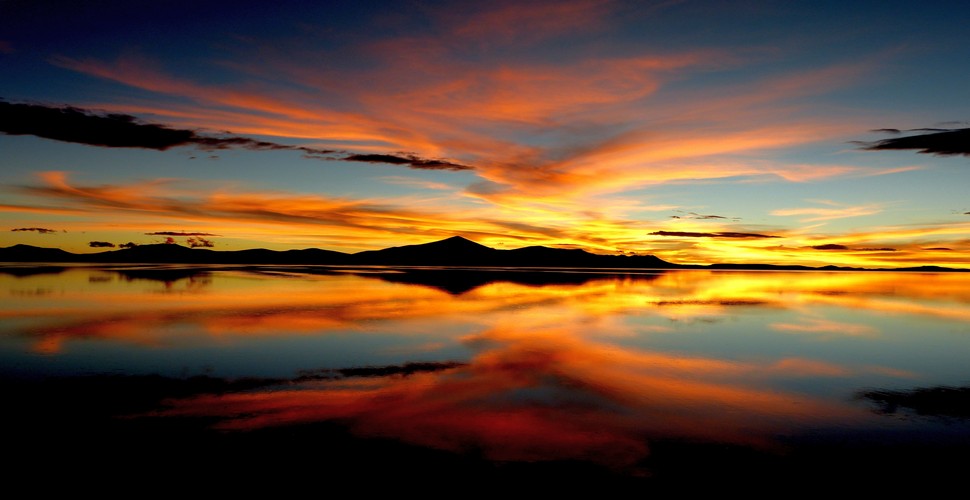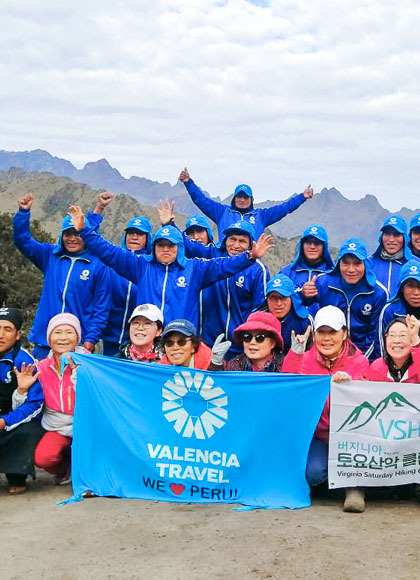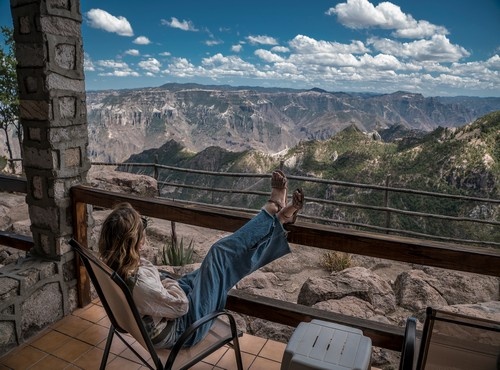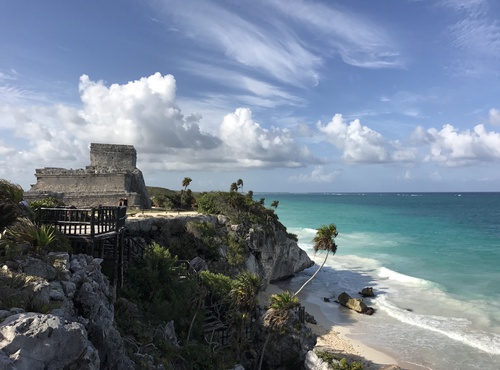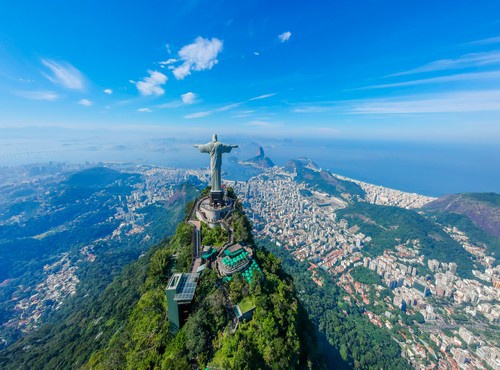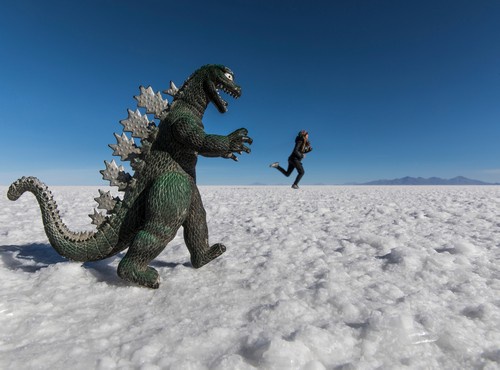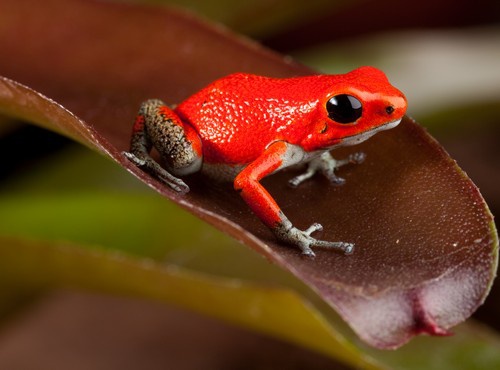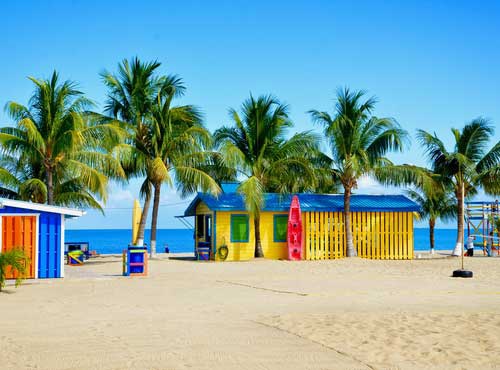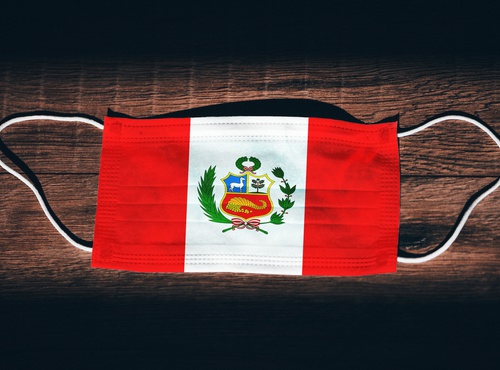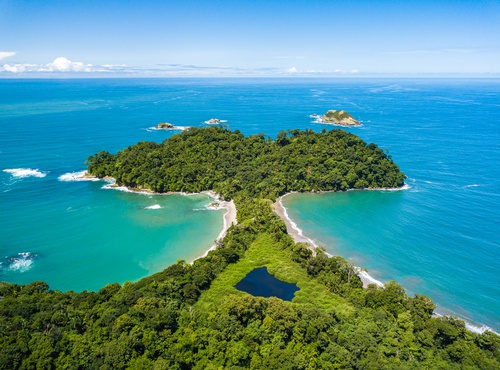
Written by:undefined undefined
Published: 24-03-2022
Bolivia’s salt flats are famous worldwide and are a favourite with Instagrammers looking to boost their followers! The salt flats are a unique area on the planet where scale does not exist and the flat, white backdrop that allows photographers to play with perspective. The Salar de Uyuni, is an enormous area of salt deposits which are the biggest in the world, covering more than 6,000 square kilometres. This remarkable includes cacti-covered islands, dormant volcanoes, and flamingos and other wildlife and can be found on the border of the Eduardo Avaroa National Park.

Wet season Salar
History
Around 42,000 years ago, the Salar was completely underwater as it was once a lake surrounded by mountains. Thousands of years later, that lake dried up and separated into a number of smaller lakes, one of which dried up and formed the Salar. The indigenous people of the region, the Aymara, believe that the surrounding mountains of Tunupa, Kusku, and Kusina, were giants. Tunupa, an important deity for the Aymara, married Kusku, but Kusku left her for Kusina. The forlorn Tunupa cried salty tears while breastfeeding her son. Folklore has it that her tears and her breast milk mixed together to form the Salar.
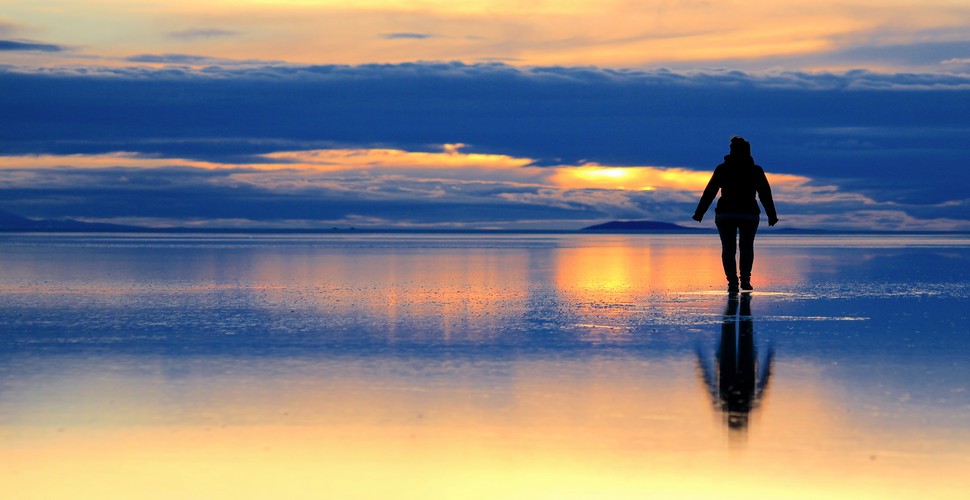
Salt flats sunset
These magnificent salt flats contain 30 islands, the most famous being Incahuasi or Fish Island. The islands are covered with carbonated reefs as well as giant cacti. During the wet season, Lake Titicaca overflows into the smaller Lake Poopó, which then pours into the Salar de Uyuni, creating a mirror-like effect. The Salar contains a large amount of sodium, potassium, borax, magnesium, and lithium, with approximately 60% of the planet’s lithium reserves. One small village called Colchani, has government permission to mine and process the salt, although they do so in very small quantities, usually in their homes or small stores.
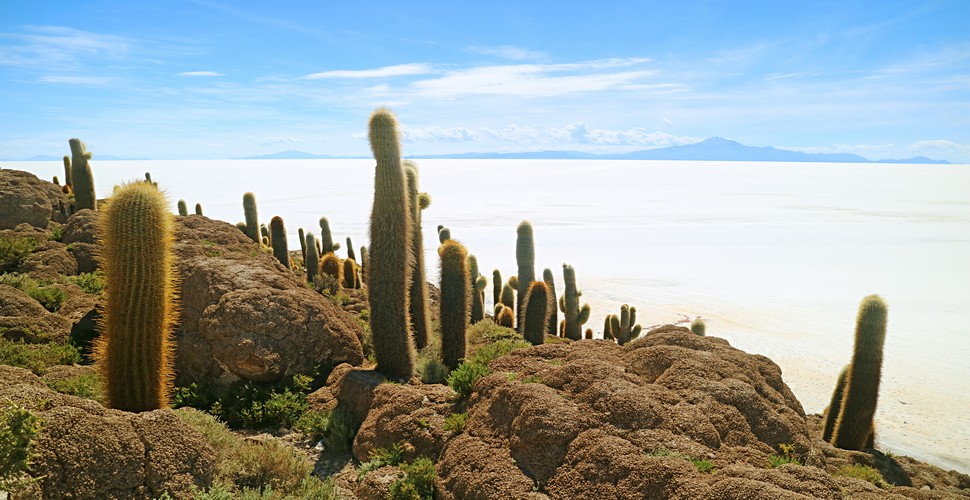
Incahuasi island
How to Get There
Located in the Daniel Campos Province of Potosí in southwest Bolivia, the flats lie near the peak of the Andes and can be found at an elevation of 3900 metres above sea level. The most common way to get to the salar is via Uyuni by bus, train, or aeroplane. You can also get there via Tupiza but this route is less common, and you normally have to get to Tupiza from Uyuni. You can also reach the Salar by driving overland through the Atacama Desert in Chile to San Pedro de Atacama, then cross the border into Bolivia.
Buses from La Paz to Uyuni take about 10 hours and this journey is often called the “washing machine” due to the state of the road that will take you there. If you book in advance, you can reserve a “bus cama” and hope for the best!
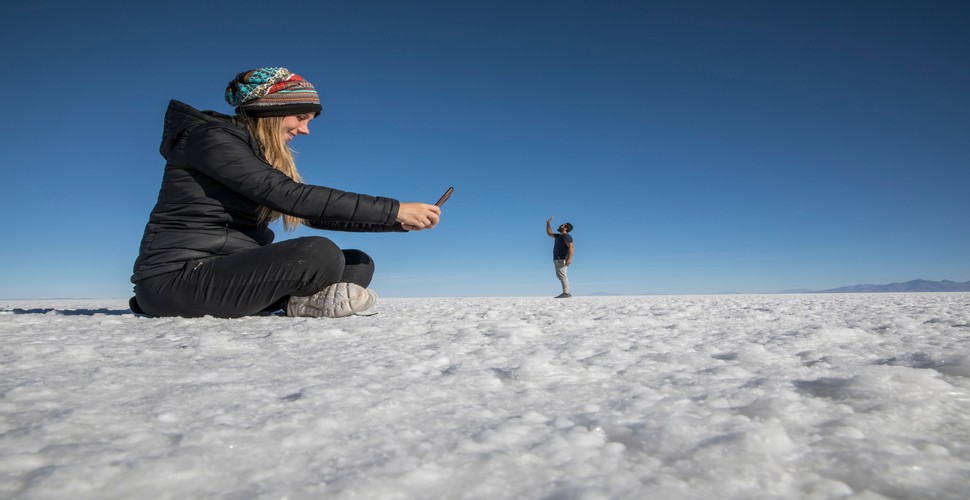
Funny Photo effects
There is also a train between Oruro and Uyuni and Uyuni and Tupiza for a less bumpy journey. The fastest and most convenient is flying between La Paz and Uyuni, which only takes about an hour. Amaszonas and Bolivia Airlines both fly to Uyuni.
If you start the salt flats tour from Uyuni, make a stop off at the train cemetery and the village of Colchani on your way to the salt flats.
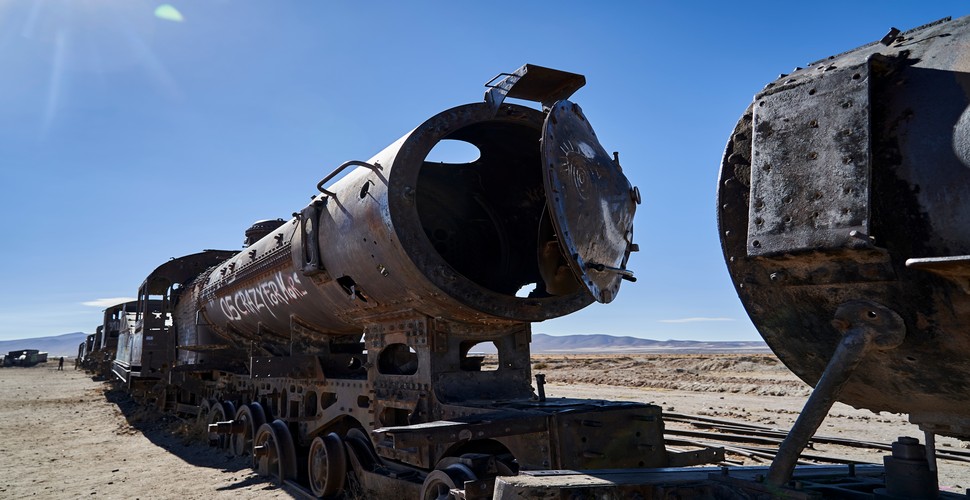
Train cemetery
Where to Stay
The options for accommodations on or near the salt flats are somewhat limited. There are three hotels made out of salt that are just outside the Salar. Tayka de Sal and Luna Salada are both boutique options. Palacio de Sal is a bit more extravagant, and includes multiple dining and drinking options as well as a luxury spa. Most recently opened is Kachi Lodge, the only accommodations actually on the flats. It consists of six geodesic domes with en-suite bathrooms, food by La Paz's famous Gustu restaurant, and art by Bolivia’s own Gastón Ugalde, colloquially called “Andean Warhol.”
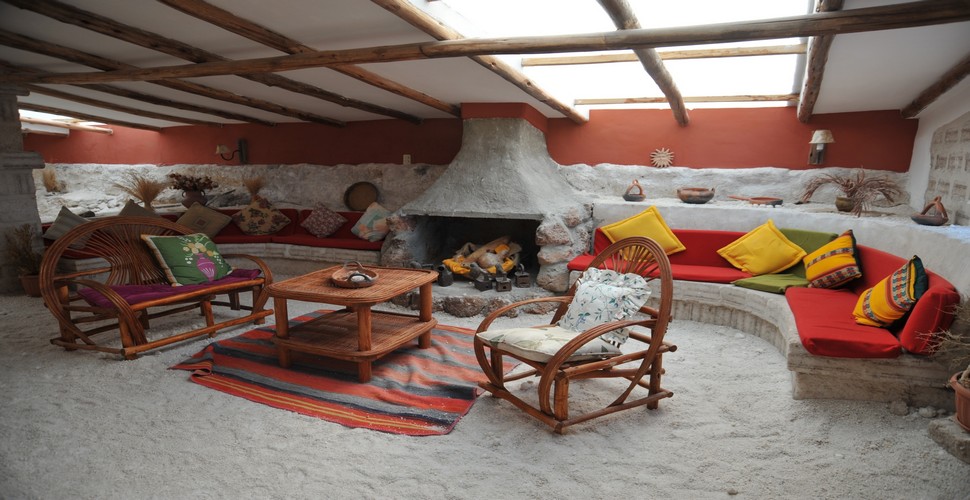
Salt hotel
What to Expect
Remember that the salt flats have a desert- like climate, so they get intensely hot during day, especially since the whiteness reflects the sun, and very cold at night, so take lots of layers and a decent down jacket.
Both seasons, are worthy of a visit to the salt flats While the wet season has its visual advantages, with the mirror like effects, it also makes it hard to visit all of the flats because the water is too high to drive on. The dry season makes the entire Salar accessible but not as dramatic. During the wet season you may be able to paddleboard, while you can use a fat-tire bike in the dry season.
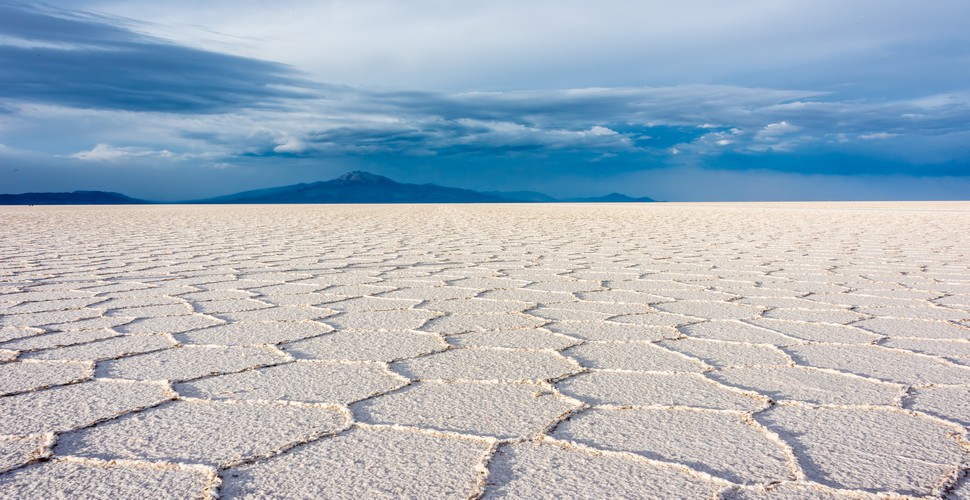
Dry season on the salt
Hiking up one or more of the cactus-covered islands on the salt flats is highly recommended, as is a hike or drive up Tunupa Volcano on the northern edge of the flats for spectacular views. You can also visit quinoa and alpaca farms in some of the surrounding villages, like Jrira or Coqueza. Artist Gastón Ugalde has an art installation on the flats, made entirely out of salt.
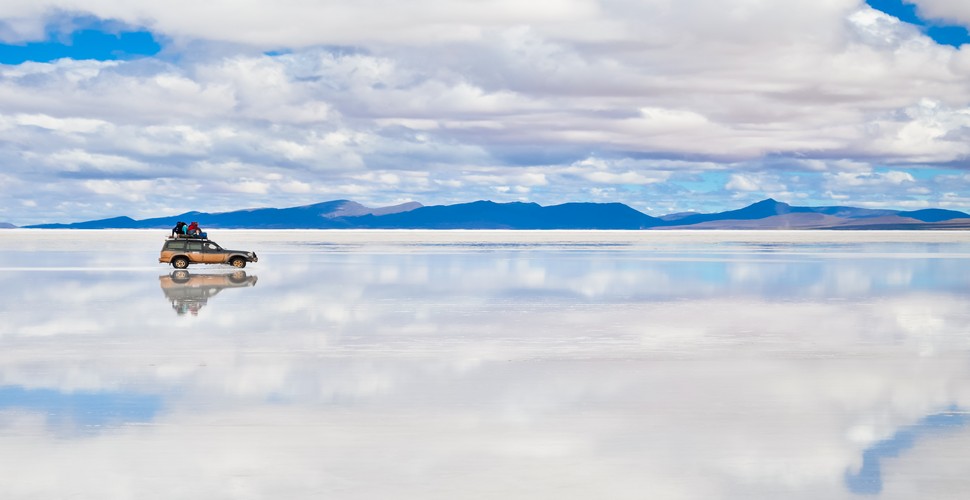
wet season on the flats
